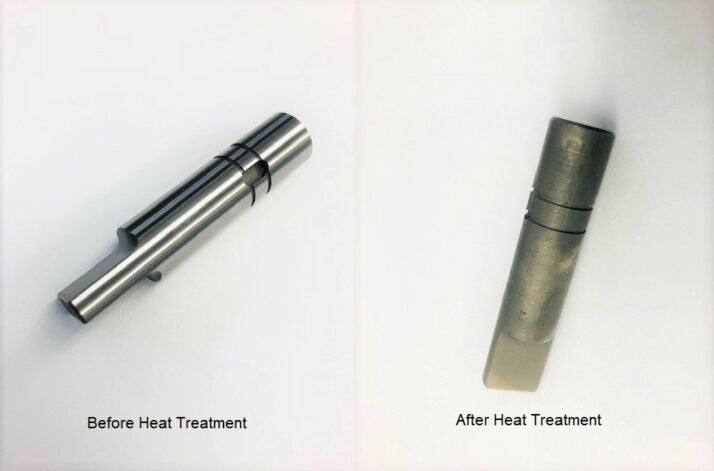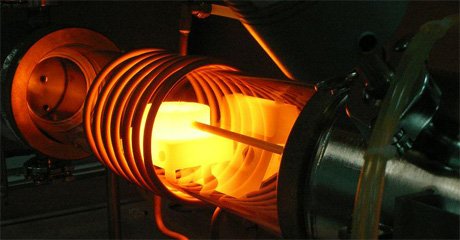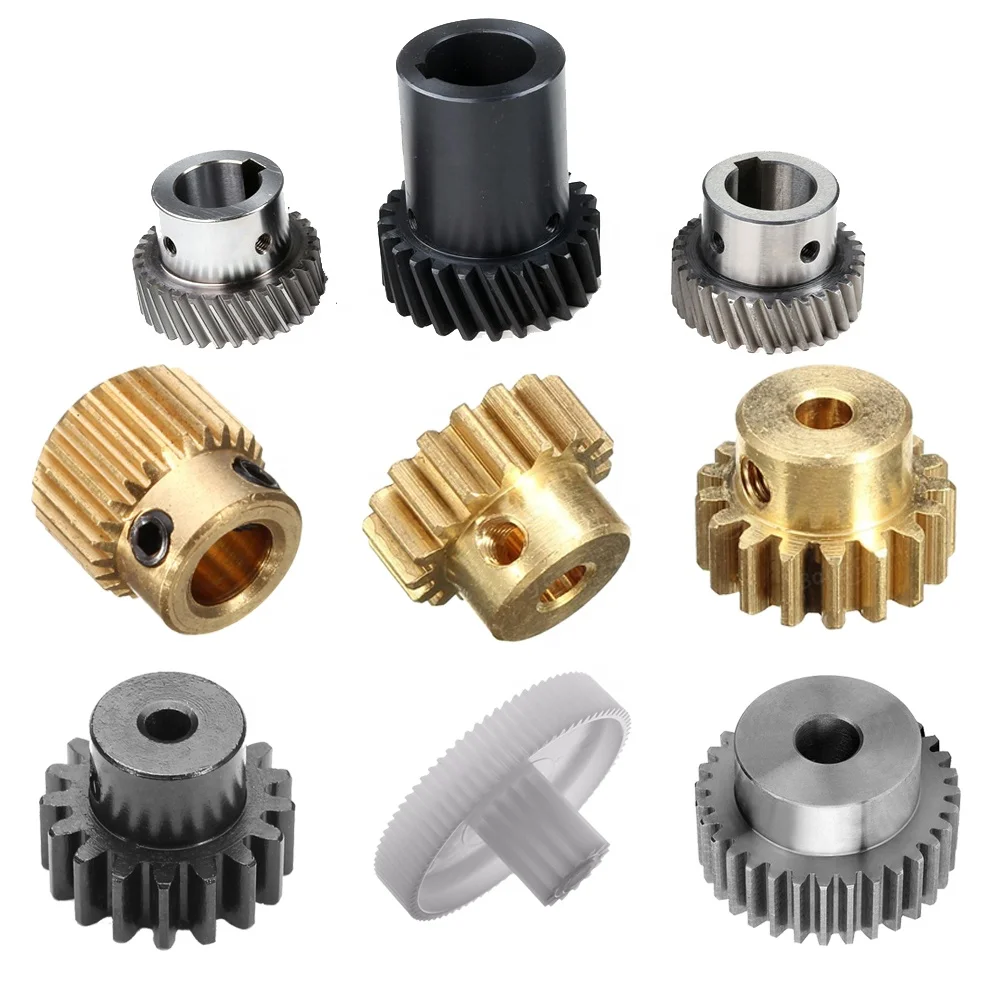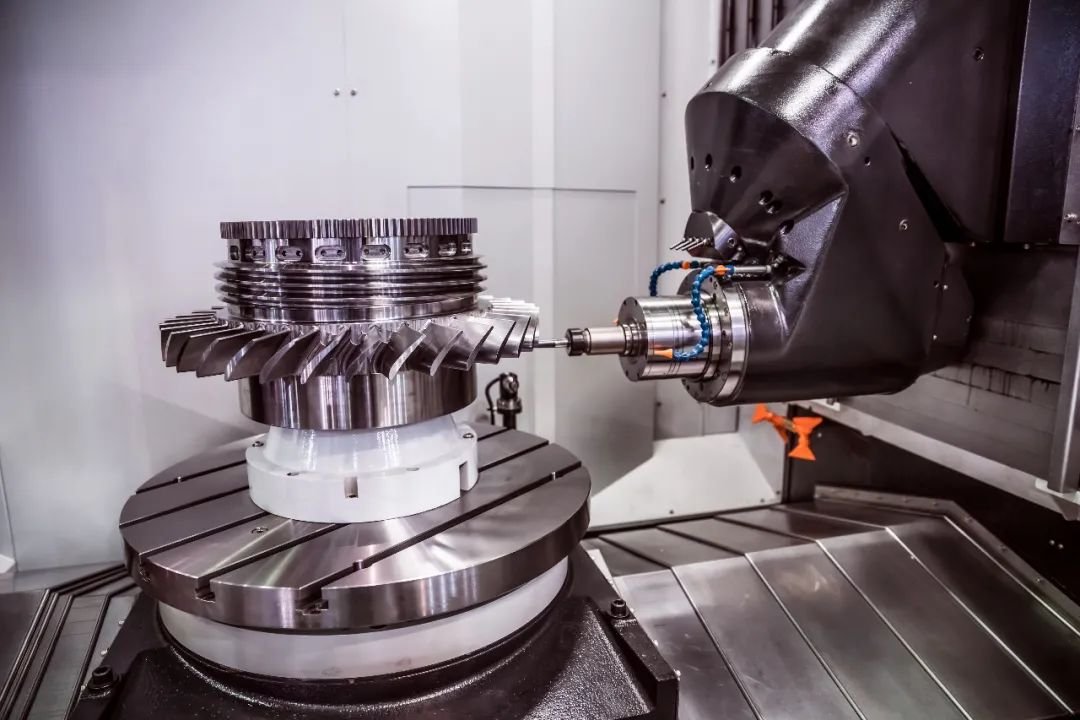Heat treatment can be applied to many metal alloys to significantly enhance key physical properties such as hardness, strength, and machinability. These changes occur due to alterations in the metal’s microstructure and, in some cases, its chemical composition.
Typically, heat treatment involves heating the alloy to (often extreme) temperatures and then cooling it under controlled conditions. The temperature reached, the time held at that temperature, and the cooling rate all have a major influence on the final properties of the metal.
This article focuses on the most common heat treatments used for metal alloys in CNC machining and explains how each process affects the final part characteristics, helping you choose the right material and process for your specific application.
Table of Contents
When to Apply Heat Treatment
Heat treatment can be performed at various stages of the manufacturing process. For CNC machined parts, it is generally applied:
- Before CNC machining: When standard grades of metal alloys are available off the shelf, the CNC service provider can machine directly from stock material. This is usually the fastest option for short lead times.
- After CNC machining: Some heat treatments significantly increase hardness or serve as a finishing step. In these cases, the treatment is done after machining, since very hard materials are difficult to machine. This is standard practice for tool steel parts, for example.

Common Heat Treatments for CNC Materials
Annealing, Stress Relieving, and Tempering
All three involve heating the metal to high temperatures and then cooling it slowly, usually in air or a furnace. They differ mainly in temperature range and process sequence.
Annealing, tempering, and stress relieving all involve heating a metal alloy to a high temperature and then slowly cooling the material, typically in air or in an oven. They differ in the temperature to which the material is heated and the order in which they are performed during the manufacturing process.
In annealing, the metal is heated to a very high temperature and then slowly cooled to achieve the desired microstructure. Annealing is commonly applied to all metal alloys after forming and before any further processing to soften them and improve their machinability. If no other heat treatment is specified, most CNC machined parts will have the material properties of the annealed condition.
Stress relieving involves heating the part to a high temperature (but lower than annealing) and is typically used after CNC machining to eliminate residual stresses induced during the manufacturing process. This produces parts with more consistent mechanical properties.
Tempering, which also heats the part to a lower temperature than annealing, is commonly used after quenching mild steels (1045 and A36) and alloy steels (4140 and 4240) to reduce their brittleness and improve their mechanical properties.
| Heat Treatment | Purpose | Compatible Materials |
| Annealing | Improve machinability of metal alloys | All metal alloys |
| Stress Relieving | Release residual stresses caused by mechanical deformation or temperature rise during processing | All metal alloys |
| Tempering | Reduce brittleness after quenching | Low-carbon steels (1045, A36), alloy steels (4140, 4240), tool steels (A2) |
Quenching
Quenching involves heating metal to a very high temperature and then rapidly cooling it usually by immersing it in oil, water, or exposing it to cold air. Rapid cooling “locks in” the microstructural changes from heating, resulting in extremely high hardness.
It’s usually performed after CNC machining as a final step, since hardened materials are difficult to cut or mill.
Tool steels, for instance, are quenched after machining to achieve exceptional surface hardness. Tempering can then be applied to fine-tune the hardness. For example, quenched A2 tool steel has a hardness of 63–65 HRC, but after tempering it can range from 42–62 HRC, with optimal durability achieved around 56–58 HRC.
| Heat Treatment | Purpose | Compatible Materials |
| Quenching | Increase hardness of metal alloys | Low-carbon steels (1045, A36), Alloy steels (4140, 4240), Tool steels (D2, A2, O1) |
Precipitation Hardening (Aging)
Precipitation hardening, also called age hardening, is a three-step process: the material is heated to a high temperature, quenched, and then reheated at a lower temperature for an extended period (aging). During this stage, alloying elements dissolve and redistribute evenly in the metal matrix, similar to how sugar dissolves into hot water.
After precipitation hardening, the metal’s strength and hardness increase dramatically. For instance, 7075 aluminum, commonly used in aerospace applications, can achieve tensile strengths comparable to stainless steel while weighing only one-third as much.
| Property (unit) | Aluminum 7075-O (annealed) | Aluminum 7075-T6 (precipitation-hardened) |
| Ultimate tensile strength | 280 MPa | 510–540 MPa |
| Yield strength | 140 MPa | 430–480 MPa |
| Elongation at break | 9–10% | 5–11% |
| Hardness (HV) | 68 HV | 175 HV |
Not all metals can undergo this process, but compatible alloys known as high-temperature or “super” alloys are ideal for high-performance applications. The most common precipitation-hardened alloys in CNC machining include aluminum 6061-T6, 7075-T6, and stainless steel 17-4 PH.
| Heat Treatment | Purpose | Compatible Materials |
| Precipitation Hardening (Aging) | Increase hardness and strength of metal alloys | Aluminum alloys (6061-T6, 6068-T6, 7075-T6), Stainless steel (17-4) |
Surface Hardening and Carburizing
Surface hardening is a group of heat treatments that increase hardness only at the surface while keeping the core relatively soft. This is preferable to uniformly hardening an entire part (like through quenching), since harder materials are often more brittle.
Carburizing is the most common surface hardening method. It involves heating low-carbon steel in a carbon-rich environment, then quenching the part to lock carbon into the metal surface. This greatly increases surface hardness similar to how anodizing improves the surface hardness of aluminum alloys.
| Heat Treatment | Purpose | Compatible Materials |
| Surface Hardening & Carburizing | Increase surface hardness of metal parts while keeping the core soft | Low-carbon steels (1018, A36) |
How to Specify Heat Treatment in Your CNC Order?
When placing a CNC machining order, you can request heat treatment in three main ways:
1. Reference a standard specification: Many heat treatments are standardized and widely recognized. For example, the “T6” designation in aluminum alloys like 6061-T6 or 7075-T6 indicates that the material has undergone precipitation hardening.
2. Specify desired hardness: Common for tool steels or surface-hardened parts. For instance, D2 tool steel is often specified at 56–58 HRC after machining and heat treatment.
3. Specify a full treatment cycle: If you know the exact parameters, you can provide them directly to the supplier for a tailored result though this requires advanced metallurgical expertise.

Metallurgy and Heat Treatment Explained
Comprehensive insights into metallurgy and heat treatment in industrial applications from crystal structures and iron carbon phase diagrams to annealing, normalizing, quenching, and tempering.
Quick Guidelines
1. Specify heat treatment in your CNC order by material grade, hardness, or full process description.
2. Choose precipitation-hardened alloys (Al 6061-T6, Al 7075-T6, SS 17-4) for the most demanding applications that require exceptional strength and hardness.
3. Use quenching when full-through hardness is needed, and surface hardening (like carburizing) when only the surface requires high hardness.
Conclusion
Heat treatment plays a crucial role in CNC machining, it significantly enhances hardness, strength, wear resistance, and dimensional stability of metals while improving machinability. Each process annealing, quenching, tempering, precipitation hardening, and carburizing has unique advantages and applications.
As a professional precision machining manufacturer, YP-MFG CNC Machining Service offers a variety of heat treatment options tailored to your requirements, ensuring every component achieves optimal performance and durability. Whether for prototyping or mass production, we combine advanced technology with metallurgical expertise to drive your project’s success.




